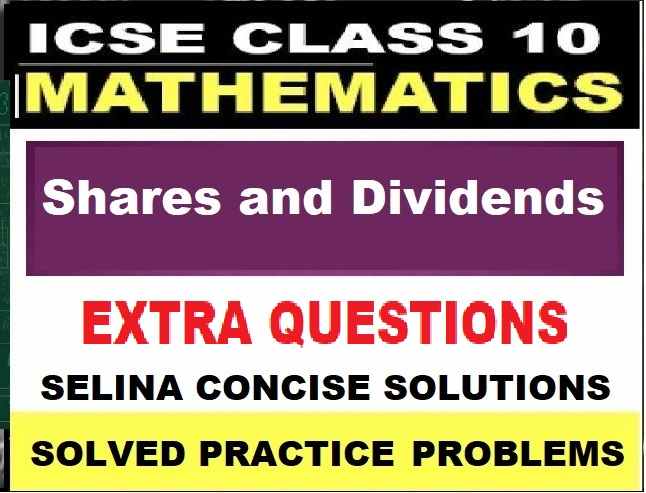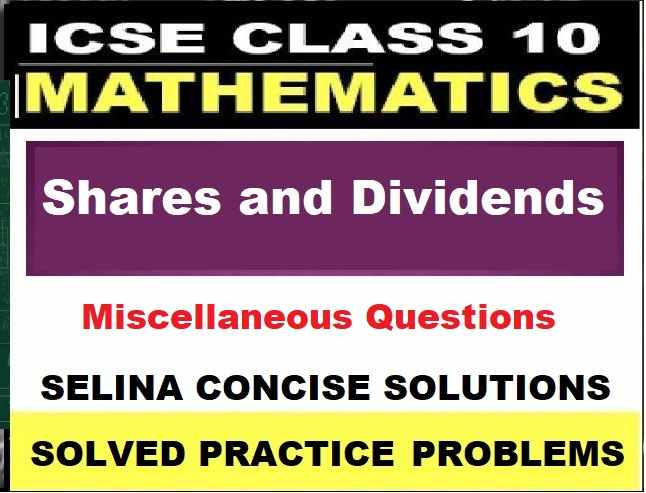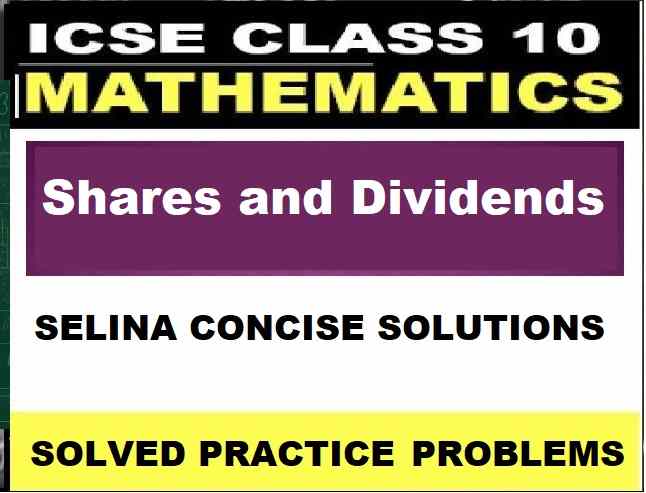Periodic Table Goyal Brother Solutions ICSE Class-9 Chemistry Ch-5. We Provide Answer related to Dobereiner , Newland Octave rule Mendeleev PT and Modern / Long form of PT questions. Visit official Website CISCE for detail information about ICSE Board Class-9.
The Periodic Table Goyal Brother Solutions ICSE Class-9 Chemistry Ch-5
| Board | ICSE |
| Publications | Goyal Brother Prakashan |
| Subject | Chemistry |
| Class | 9th |
| Writer | Dr. S.K. Aggarwal |
| Chapter-5 | The Periodic Table |
| Topics | Solutions of Exercises |
| Edition | for 2022-2023 Academic Session |
Ch-5 The Periodic Table Goyal Brother Prakashan
ICSE Class-9 Chemistry Solutions
(Page- 120-121)
Questions 1. Why there was a necessity for classification of elements? Give at least two reasons.
Answer : It helps in the synthetic study of the properties of elements
Questions 2. From the list of elements given below, make three triads and name the family of each triad.
Cl, Li, Ca, Br, Na, St, 1, K and Ba.
Answer : (i) Alkali metals triad : Li Na K (ii)Alkaline earth metals triad : Ca Sr Ba (iii) Halogens triad : Cl Br
Questions 3.
(a) Name an alkali metal other than lithium, sodium and potassium.– rubidium (Rb), cesium (Cs), and francium (Fr)
(b) Name an alkaline earth metal other than calcium, strontium and barium–beryllium (Be), magnesium (Mg), and radium (Ra)
(c) Name one halogen other than chlorine, bromine and iodine–fluorine (F),astatine (At), and tennessine (Ts).
(d) Name a non metal having properties similar to carbon.–Silicon.
(e) Name a rare gas other than neon, krypton and xenon.–Argon (Ar).
Questions 4. What is the achievement of Dobereiner’s law of triads?
Answer : It gave an idea that elements with similar properties could be arranged in specific ways
Questions 5. Complete the statement given below:
On the basis of Newland’s law of classification of elements, the properties of sodium and potassium similar, because potassium is the . Eighth… element, starting from sodium.
Questions 6. State two achievements of the law of octaves.
Answer : the first logical attempt to classify elements on the basis of atomic weights. Periodicity of elements was recognized for the first time
Questions 7. State two reasons for rejecting the law of octaves.
Answer : Limitation of law of octaves:
- The law was applicable to elements up to calcium only.
- There is no place for newly divorced elements.
- Cobalt and Nickel have different properties but put in one slot.
- Iron is a metal but put in non meta
Questions 8. The elements A and B obey law of octaves. How many elements are between A and B?
Answer : There are a total of 6 elements in between elements A and B
Questions 9.
(a) What are the basis of classification of elements in Mendeleev’s periodic table?
(b) State Mendeleev’s periodic law.
Answer :
(a) on the basis of their atomic mass and similarity in chemical properties.
(b) According to Mendeleev periodic physical and chemical properties of elements depend on their atomic weight
Questions 10. State two merits of Mendeleev’s periodic table over previous attempts of classification of the elements.
Answer : 1. Mendeleev’s periodic law predicted the existence of certain elements such as gallium, scandium and germanium, which were not discovered at that time. 2. Mendeleev’s periodic table could also predict the properties of various elements based on their position in the periodic table
Ch-5 The Periodic Table Goyal Brother Prakashan
ICSE Class-9 Chemistry Solutions
Questions 11. with reference to long form of periodic table fill in the blank spaces with appropriate words.
(a) The chemical properties of an element are the periodic function of their….atomic number…
(b) The serial number of an element in a periodic table is also its ..Atomic Number……
(c) The number of electrons in the valence shell of an atom represents its …Group…in the periodic table.
(d) The number of electron shells around the nucleus of an atom represents its ..Period….. in periodic table.
(e) …Alkali……….. metals and alkaline ……Earth……… metals are placed in groups 1A and …..2A….. respectively on the left band side of periodic table.
(f) …P… elements are placed on the right hand side of periodic table.
(g) The elements occupying left and night wing vertical columns are called … representative…. elements.
(h) Noble ..element….. are placed in ………18………. group in the last ……group……….. of the periodic table.
(i) The …Transition elements…. elements are accommodated in the middle of the periodic table in …………. series.
(j) The first period has …2….. elements and is called …shortest…….. period.
(k) The second and the third periods have ….8….. elements and are called ….short…. periods.
(l) The fourth and fifth periods have ….18…. elements and are called ……long….. periods.
(m) The sixth period has …32….. elements and is called …lanthenide…….. period.
(n) The seventh period is also …long……… period, but is …..incomplete……….
(o) ..Lanthanide are the elements from atomic number 57 to .70…. and are placed ..Bottom….. the periodic table.
(p) Actinides are elements from atomic number …90….. to ….103…. and are radioactive.
Questions 12. Give the name and symbol of the following elements which occupy each of the following position in periodic table.
(a) period 2, group III A—–Boron(B)
(b) period 2, group VI A—–Oxygen(O)
(c) period 1, group I A..—–Hydrogen(H)
(d) period 3. group VII A—-Chlorine(Cl)
(e) period 4, group zero—-Kripton(Kr)
(f) period 4, group IIA.—–Calcium(Ca)
Questions 13. Name four alkali metals. To which group do they belong?
Answer : lithium (Li), sodium (Na), potassium (K), rubidium (Rb), cesium (Cs), and francium (Fr). They belong to 1A group
Questions 14. Name four alkaline earth metals. To which group do they belong?
Answer : beryllium (Be), magnesium (Mg), calcium (Ca), strontium (Sr), barium (Ba), and radium (Ra). They belong to 2A group
Questions 15. Name four elements of VIIA group. State the common name of this group of elements.
Answer : fluorine (F), chlorine (Cl), bromine (Br), iodine (I), and astatine (At). common name of this group of elements is Halogen
Questions 16. Which period is (a) shortest (b) longest in the long form of periodic table? How many elements are in (a) and (b)?
Answer :a) shortest is 1st period having 2 elements(b) longest is 6th and 7th period having 32 element each
Questions 17. The elements A and B have electronic configuration 2, 8, 18, 2 and (2, 6) respectively.
(a) To which periods A and B belong?
(b) To which group A and B belong?
Answer :
(a) A belong 4th period and B 2nd period
(b) A belong IIB , 12 group and B belong to VIA 16th Group
— End of Periodic Table Goyal Brother Solutions ICSE Class-9 Chemistry Ch-5 :–
Return to: ICSE Class-9 Chemistry Goyal Brothers Prakashan Solutions
Thanks


